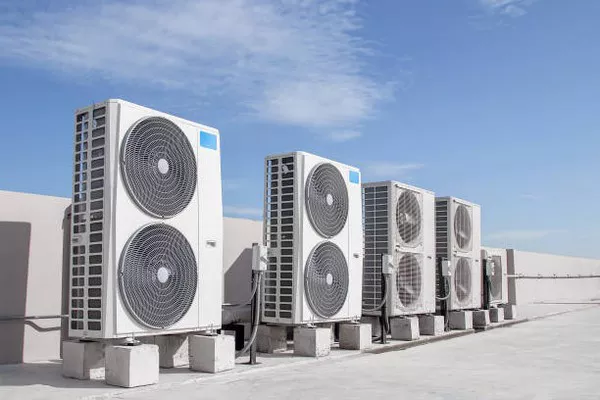When selecting or operating a compressor, one of the most crucial specifications to consider is the Cubic Feet per Minute (CFM) rating. CFM measures the volume of air that the compressor can deliver, which directly impacts its efficiency and suitability for various applications. Whether you are a professional in the field of HVAC, automotive maintenance, or industrial manufacturing, understanding how to find and calculate the CFM of a compressor is essential for optimal performance and resource management.
What is CFM?
CFM stands for Cubic Feet per Minute and indicates the flow rate of air delivered by a compressor. It essentially measures the amount of air that the compressor can move per minute. This metric is vital because it affects how effectively a compressor can power air tools, inflate tires, or perform any task that requires pressurized air.
Why CFM Matters
Tool Compatibility: Different pneumatic tools require specific CFM ratings to operate efficiently. For example, a spray gun might need around 5-10 CFM, while an impact wrench might require 2-5 CFM.
System Efficiency: An underperforming compressor with insufficient CFM will struggle to maintain the necessary pressure, leading to inefficiency and potential tool damage.
Operational Costs: A compressor with the right CFM rating for your needs will be more energy-efficient, reducing operational costs and improving the longevity of the equipment.
Steps to Determine the CFM of a Compressor
1. Identify the Compressor Specifications
The first step in determining the CFM of a compressor is to check the manufacturer’s specifications. These details are usually found in the product manual or on the compressor’s nameplate. Key specifications include:
Horsepower (HP): Indicates the power output of the compressor’s motor.
Tank Size: The capacity of the air tank, typically measured in gallons.
Pressure (PSI): Pounds per Square Inch, indicating the maximum pressure the compressor can generate.
2. Understand the Application Requirements
To ensure the compressor meets your needs, you must understand the CFM requirements of your tools or applications. This information can often be found in the tool’s manual. Compile a list of all tools you plan to use simultaneously, as this will affect the total CFM required.
3. Measure the Actual Output
If the manufacturer’s specifications are not available or you want to verify the actual performance, you can measure the CFM output of your compressor using the following method:
Tools Needed
- Pressure Gauge: To measure the tank pressure.
- Timer: To track the time it takes for the compressor to refill the tank.
- Mathematical Formula: To calculate the CFM.
Procedure
- Drain the Air Tank: Release the air until the tank pressure is at a low level, typically around 20 PSI.
- Refill and Time: Turn on the compressor and start the timer. Record the time it takes for the compressor to refill the tank to the cutoff pressure (e.g., 100 PSI).
- Record Pressures: Note the initial and final tank pressures, and the tank volume in gallons.
Considerations for Accurate CFM Measurement
Temperature and Altitude: Air density varies with temperature and altitude. Compressors operating in different conditions may have variations in CFM output.
Duty Cycle: Some compressors are not designed to run continuously. Ensure you account for the duty cycle to avoid overheating and damage.
Multiple Tools: If using multiple tools, sum their CFM requirements to ensure your compressor can handle the combined load.
Improving Compressor Efficiency
Regular Maintenance: Keep the compressor in top condition by performing regular maintenance, including checking and replacing filters, draining the tank, and inspecting for leaks.
Optimize Usage: Use air tools that match the compressor’s capacity. Avoid overloading the system, which can reduce efficiency and increase wear.
Proper Sizing: Choose a compressor that is appropriately sized for your typical workload to maximize efficiency and longevity.
Advanced Tips for Professionals
Use a Flow Meter: For precise measurement, a flow meter can be installed to provide real-time CFM readings.
Leak Detection: Regularly check for and repair any leaks in the air system. Even small leaks can significantly reduce overall efficiency.
Storage Solutions: Utilize additional air storage tanks if high intermittent demand is expected. This can help maintain consistent pressure and reduce compressor run time.
Conclusion
Determining the CFM of a compressor is a critical step in ensuring that you select the right equipment for your needs and maintain its efficiency. By understanding the specifications, measuring actual output, and considering application requirements, you can make informed decisions that enhance productivity and prolong the life of your compressor. Regular maintenance and proper usage are key to keeping your compressor performing at its best, ultimately saving you time and money in the long run.

